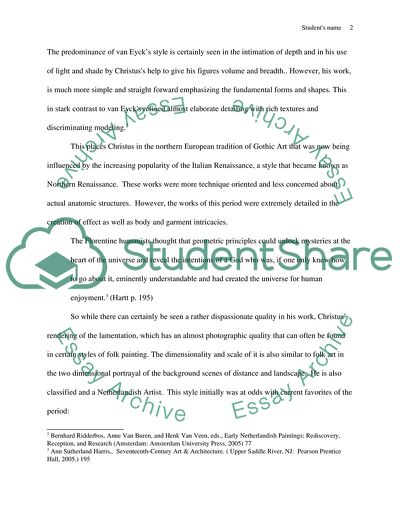Cite this document
(The Lamentations of Petrus Christus and Ludovico Carracci Assignment, n.d.)
The Lamentations of Petrus Christus and Ludovico Carracci Assignment. https://studentshare.org/visual-arts-film-studies/1717150-writing-about-artcomparison
The Lamentations of Petrus Christus and Ludovico Carracci Assignment. https://studentshare.org/visual-arts-film-studies/1717150-writing-about-artcomparison
(The Lamentations of Petrus Christus and Ludovico Carracci Assignment)
The Lamentations of Petrus Christus and Ludovico Carracci Assignment. https://studentshare.org/visual-arts-film-studies/1717150-writing-about-artcomparison.
The Lamentations of Petrus Christus and Ludovico Carracci Assignment. https://studentshare.org/visual-arts-film-studies/1717150-writing-about-artcomparison.
“The Lamentations of Petrus Christus and Ludovico Carracci Assignment”. https://studentshare.org/visual-arts-film-studies/1717150-writing-about-artcomparison.


